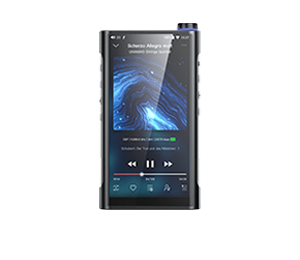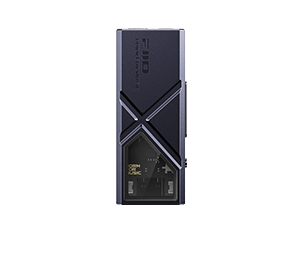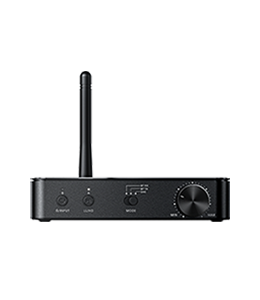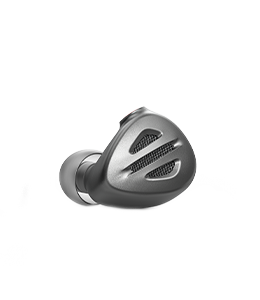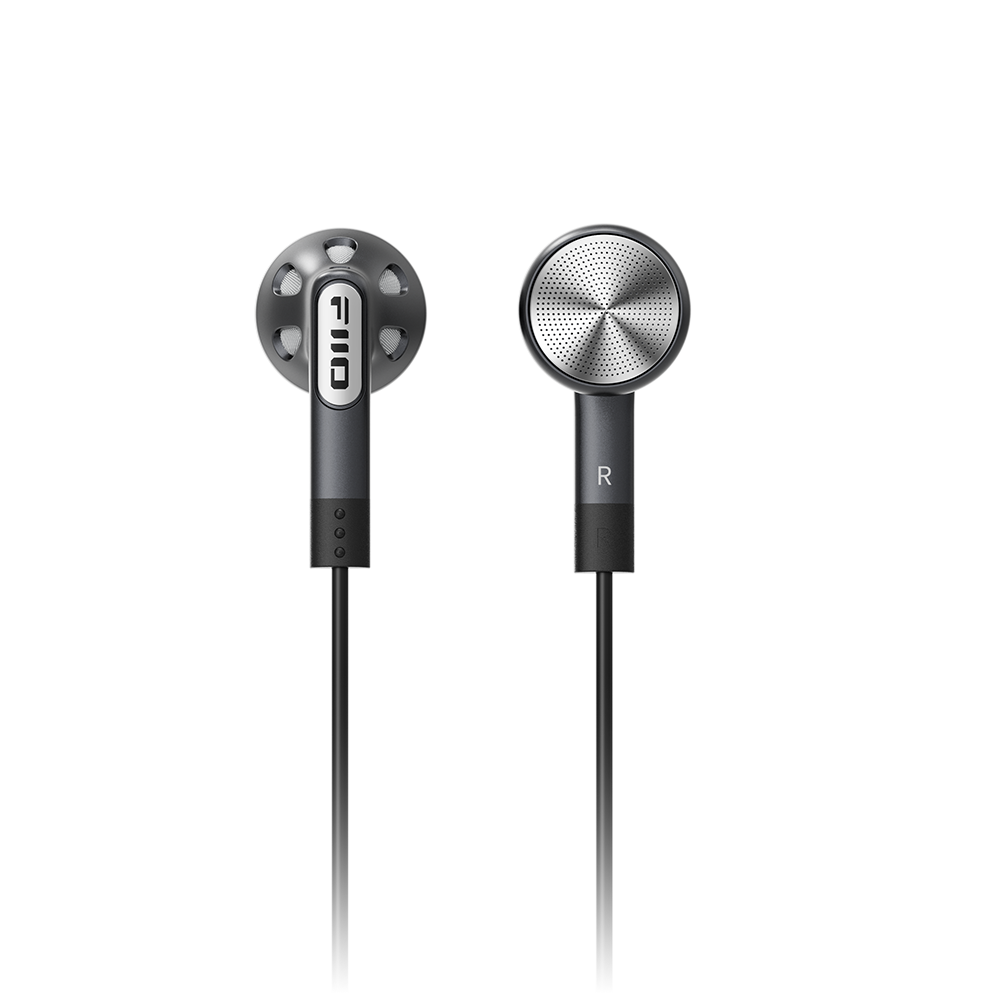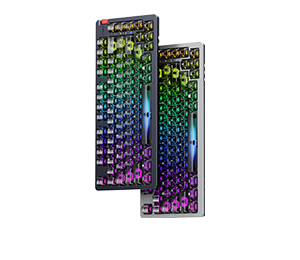FiiO K1 Review USB DAC / Amplifier
Author:bowei006
Review from:Head-fi
→→ Read the original article on xx:>> Click here

Introduction:
The K1 is FiiO’s new $40 budget DAC and headphone amplifier. It’s their first micro-sized unit bridging the gap between their higher priced units and their entry-level ones while still offering massive performance at bargain-bin prices. It fields FiiO’s new design and K series line.
Price: $39.99
Unit Build:
When I first heard that FiiO was bringing a new series line at $40 that has both a DAC and amplifier in it, I wondered where the 'cuts' would be on the new device. There aren’t many devices audiophiles buy sub-$50, and especially not ones that pull such double duty. But alas, after using the K1 for a month, I can say that it still maintains the quality we know from FiiO.

Not only is the outer shell of the K1 solid, it also has thickness and texture to it. The exterior is comprised of a metal shell that FiiO claims uses “advanced manufacturing technology” and a “sandblasted surface for optimal sheen, texture, durability”. It doesn’t take more than a few seconds of holding and looking at the K1 to believe that they mean business. There isn’t any flex in the metal even if you were to bend, press, or try to snap it showing that they have done enough material RD to make a product that can keep up with the harsh portable landscape. Internal product descriptions even noted the case as a "indestructible metal shell".

Texturing the outside of the unit is the spark the K1 needed and what FiiO may have been missing. I’ve long wrote about how I felt FiiO’s DAPs like the X1 had too simple of a side bezel. In the past, we had a perfectly flat side that had a centered USB plug or volume control. It worked yes, but it looked too out of the place without any other type of accompanying design or element to its use. Well with the K1, FiiO has added some additional color to their build design by adding a “unique 3D texture” to it. The design is similar to the waves you find on potato chips (but not to such a large extent). I initially had my doubts about how I would feel long-term with the design as I wasn’t used to feeling non-flat surfaces but it has worked out over the month I’ve used the K1. The texture not only adds character to the K1 but also differentiates it from other items in my backpack for when I need to grab it out. It isn’t overly aggressive of a texture keeping a proper balance between ‘new’ and useable.

The biggest achievements are often unseen. FiiO has spent the past half-decade working on their 3.5mm headphone ports and micro USB connectors. For those unaware, their early products had a limiting weakness where the standard ports they were buying would fail sporadically prompting FiiO to design and re-engineer those connectors. The K1 has a satisfying hold on the plugs for both the headphone and micro USB. They don’t have the overly aggressive locking mechanisms that their early revisions at fixing the failing connectors have. What we do have are well thought out user-interface elements to how you would want the plug to work and the type of resistance you would feel and expect out of it. I cannot test the long-term durability of the ports but I can say that since they started implementing these changes with the first E10 Olympus, I have not had any ports fail on me.
Usability:
The biggest problem I’ve had with FiiO’s DAC units is their Windows USB DAC software. It requires a lot of tinkering, possible need to change driver signature enforcement, and is often highly buggy. It was so bad that I was mentally preparing myself for the Windows driver installation after unboxing the K1.

And then boom, there was none. Just like that, FiiO took the high road with the K1’s driver using a Class 1 driver that is simply plug and play without any need for external software. It took Windows less than 10 seconds to detect the K1 and install it onto the system and from there, I could select the K1 as my default device in sound-settings. This was truly the beginning of a new era and it was an amazing feeling. This is not FiiO’s first Class 1 driver based USB DAC but recent DAPs they have released still require the add-on software so I expected the K1 to be the same. I’ll ask them directly from now on if I need to install software. It’ll save me some sleep and get some much-needed shut eye to know that I can just plug it in and have it installed.

Volume control on the K1 has gone the way of common user requests, it now is Windows volume settings based. There are no on-device buttons or anything in the device settings page to change it. Many first-timer headphone audio users would often complain or wonder why their Windows volume control no longer worked once they plugged in the E# USB DAC from the past. FiiO seems to have had enough of that with the K1 and is knocking out two birds with one stone by letting Windows control the volume; no physical buttons required, and no more user questions. I was a bit hesitant about this at first, but I believe it was for the better.
In the ‘old-days’, Windows had horrible audio output as it would literally cut off bits from the bit-depth when you lowered the volume. This gave rise to technologies like ASIO to keep the audio stream pure and full. Modern Windows upscales the audio and does other improvements where lowering the volume % on the computer with the slider no longer leads to distortion and noise. FiiO’s K1 takes advantage of these modern updates to audio output. It’s essentially the idea that the previous problem is now gone and that we can rely on Windows volume control to do a good enough job so that we can lower the volume on the computer digitally and not through another external interface. This is a safe bet as there isn’t any real problems nowadays and those that are still ‘scared’ wouldn’t be looking at this $40 DAC/amp combo anyway.

The direction FiiO took with the K1 shows their ability to target and capture fans in audiophile and consumer audio communities. The past FiiO devices usability and feature-set was very much so ‘elitist’ and targeted at mid-budgeted headphone audiophiles. FiiO has expanded heavily in the last decade, and newfound direction is important to keep growing while maintaining their past fans while also getting new ones. The K1 is one of these keystone devices that will exemplify the sale of different devices to different markets in the future as FiiO keeps growing.
Sound Quality:
The FiiO K1’s sound can be described as dynamic with fun elements added in but lacking in transparency and deserving of a bit more character.
The mid-range of the K1 takes a middle ground in its timbre. It is fairly clean and makes for some very swift sounding guitar solos and aids in bringing out more of what the singer can do. In “Under Pressure” by David Bowie, I was impressed with the effective ability of the K1 to manage the instruments while keeping Bowie’s impressive tonal range as the forefront of the song. The characteristic guitar melody playing in the background was always distinctly audible despite the more pronounced vocal track taking the front-stage. It’s this potent mixing of different elements together while keeping a cohesive sound that makes the K1 a good choice rock&roll as well as Jazz.

Lower-end frequencies on the K1 have the agenda straight for rock & roll. The FiiO K1 has a tenacity for being great sounding on the ‘classical’ tunes like hard rock and modern rock based on what I put through it. Listening to “Hotel California” by the Eagles showed that the delivery of the percussion took a back-seat. It was there with a quick beat but had a noticeable decrease in its tenacity compared to my Objective 2 based unit. This down-scaling of the bass notes weren’t much of an issue on rock and even helped it in some ways. Too heavy of a bass note that wasn’t originally meant to be heard can make or break a song’s representation on ones headphone rig. Thankfully with the K1, it was almost never a problem when listening to older rock and actually helped me out when I switched to bass-heavier headphones.
Dynamic sound on the K1 really is what sends it through. It fills all the gaps in the sonic range when listening to fun songs like “The Great Escape” by Boys Like Girls, and doesn’t leave any areas that sound dead. The fun adventures the song details pushed out of every nook and crannies of the headphones and brought together the picture of the road-trip they embarked on. It’s this jiving of the elements that gives the K1 its own identify.
The K1’s main faults lay in its inability to give ‘star-power’ to the sound produced and the lacking of transparency. The mid-range lacks presentation in that it doesn’t make for a marked increase in its ability to ‘push’ the singer’s voice or guitar as well as I would like it too. It had the edge but failed at cutting with the vocals. I wanted more out of what I was hearing when listening to the best tracks from The Eagles but it never could give me the ‘star-power’ that really drove the song through. The low-range with the ‘bass’ zone also had some trouble in satisfying me when I switched to Hip Hop. It didn’t have the impact and bump that I would have liked ultimately leaving me a bit salty at how Eminem’s albums came out. Lastly, the device itself was unable to make it clear that I was no longer listening to the K1 and that it was just me and the music; it’s what we call transparency in devices like DACs. The straight mid-range without the ability to drive home the music and the short bass missing in thump constantly reminded me that I had the K1 plugged in.

Conclusion:
Despite the shortcomings of the K1, I found it to be sonically significant enough to leave me impressed. I would have liked the mids to be more powerful in presentation and for the bass to be filled in so that it had meaningful impact, but the price range of $40 really makes the K1 bulletproof. There are many things I ‘would have’ wanted just like how a Ferrari in my garage would have been nice. But the K1 sets a bar above the default output a PC is capable of while keeping its functionality easy and exterior appealing. I recommend the K1 for newcomers and seasoned audiophiles alike that want an affordable portable option in improving the sound out of computers.





